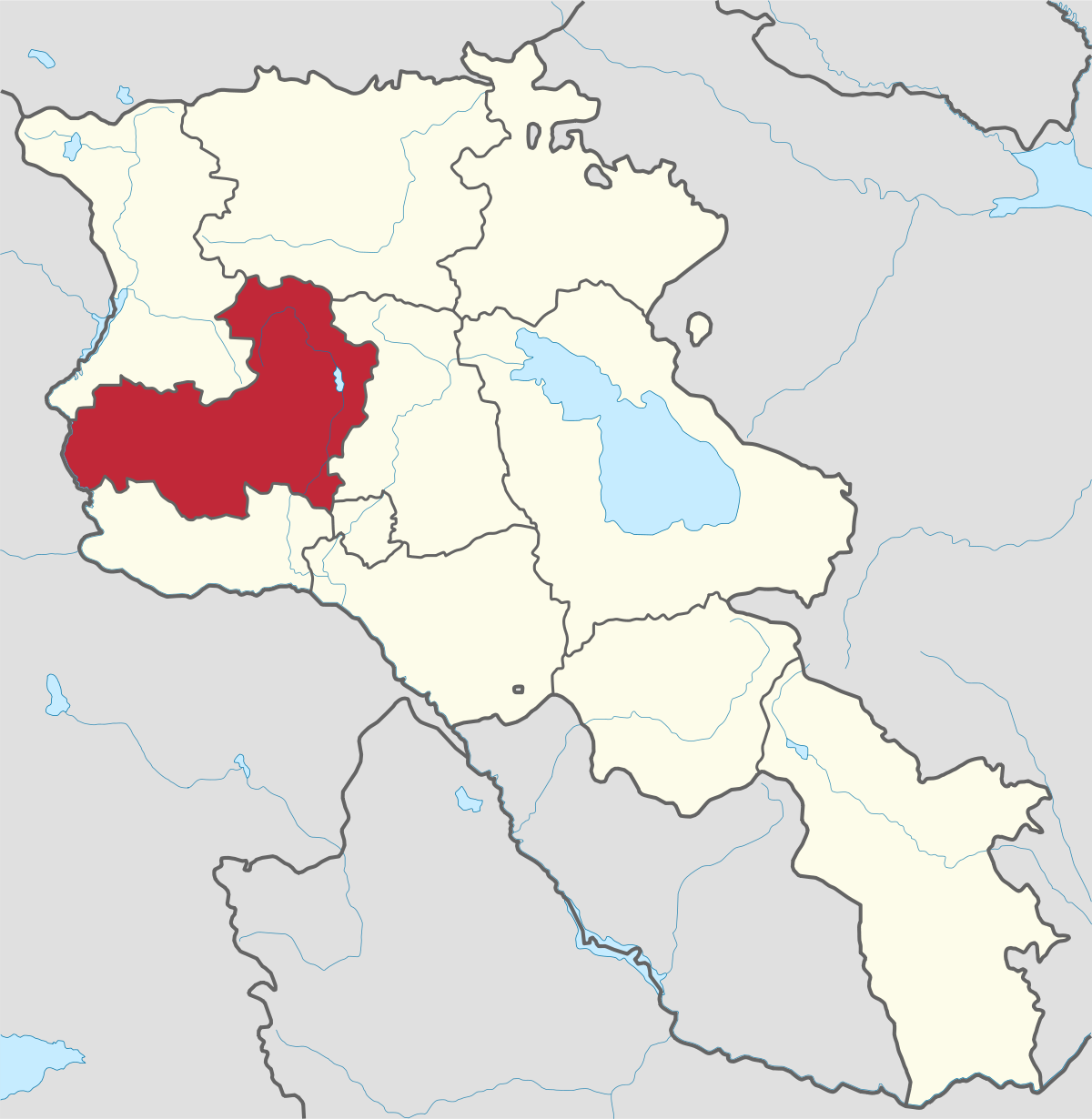
Aragatsotn Region
Aragatsotn is named after the massive mountain (4095m / 13,435 ft.) that hovers over the northern reaches of Armenia. This region is one of the...
Armenian village Agarak is more ancient than Egyptian pyramids
Historical and cultural reserve Agarak is located to the south of Mount Aragats, on the banks of River Amberd, 25 kilometers from Yerevan. If you cross the highway near the village of the same name, you immediately find yourself in another time.
At the first sight nothing special for the site, full of stones and no trees.
Traces of the primitive man
The almost flat relief, located right next to the highway, stands out a hill of tufa. Tufa is relatively a soft stone, and it is easy to curve it even with primitive tools by primitive sculptures. This can be verified with examining layers of tufa cleared by archaeologists.
Here and there, on the gentle slopes of the rock, shallow pits are scattered, some of which are almost perfectly circular in a horizontal cross section, next to them are impressive rectangular pits carved into the tufa. The stones hewn have lots of mysterious characters. No doubt, this is the work of an ancient man who crafted the stone primitive tools.
Culture of Bronze Age
It is an ancient necropolis, next to which, in a large area, religious and residential buildings of different eras are scattered.
It turns out that many things belong to the so-called cultural stratum Agarak-1, dating from the early Bronze Age, which in Armenia begun in 3400 BC. Although it is not excluded, if we dig a little deeper, we can find even more ancient traces of human habitat here. So the settlement is ‘older’ than the great Egyptian pyramids at Giza.
Necropolis
The complex Agarak is “multi-layered,” people lived and built it in different historical epochs. Urartian royal period artifacts have been found on the southern side of the rock. Agarak flourished from the IV to III BC to II to IV AD.
An interesting detail is that in the necropolis, dating from the II to III AD, long before the official adoption of Christianity as the state religion in Armenia, Christian burial, according to the ritual features, is found.

Aragatsotn is named after the massive mountain (4095m / 13,435 ft.) that hovers over the northern reaches of Armenia. This region is one of the...
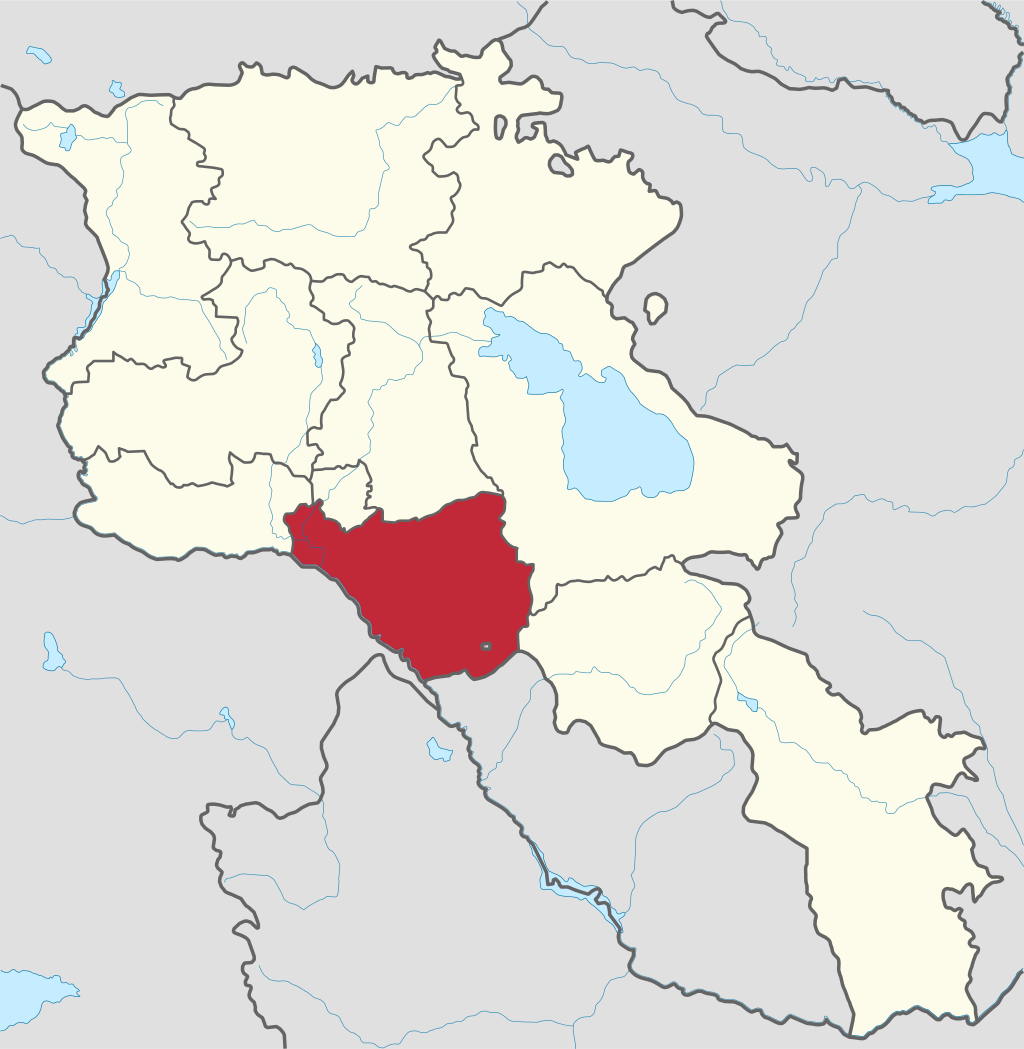
Ararat region is named after the biblical Mount Ararat which is mentioned in the Bible as a place where Noah’s ark has landed after the Great...
.png)
Armavir Region - Because of its Christian history the region is most famous for locals and Diaspora Armenians, who make pilgrimages to Armenia to...
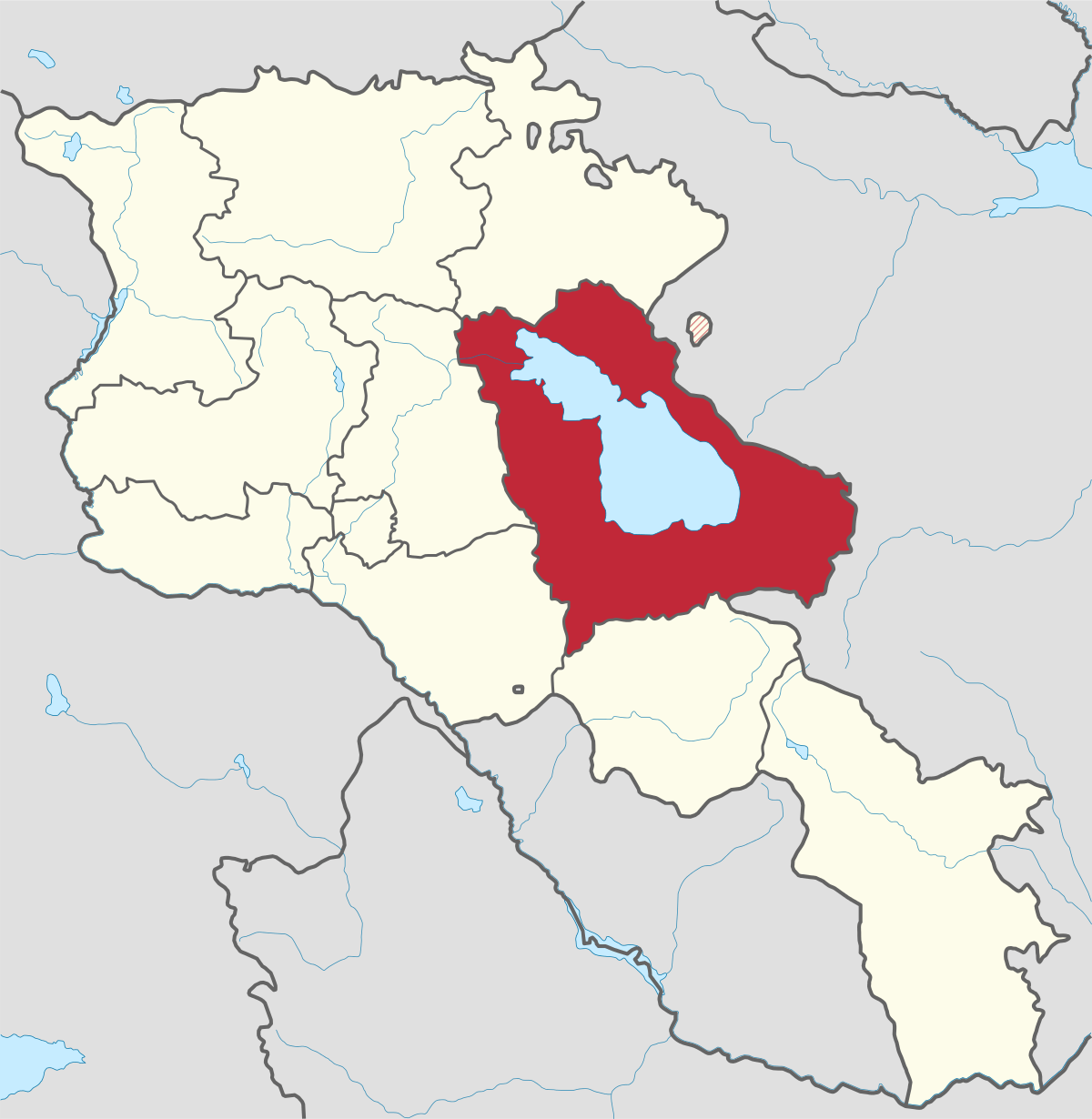
Gegharkunik ist die größte Region Armeniens, die an Aserbaidschan und die Shahumyan-Region der Republik Berg-Karabach grenzt. Ein Viertel der...
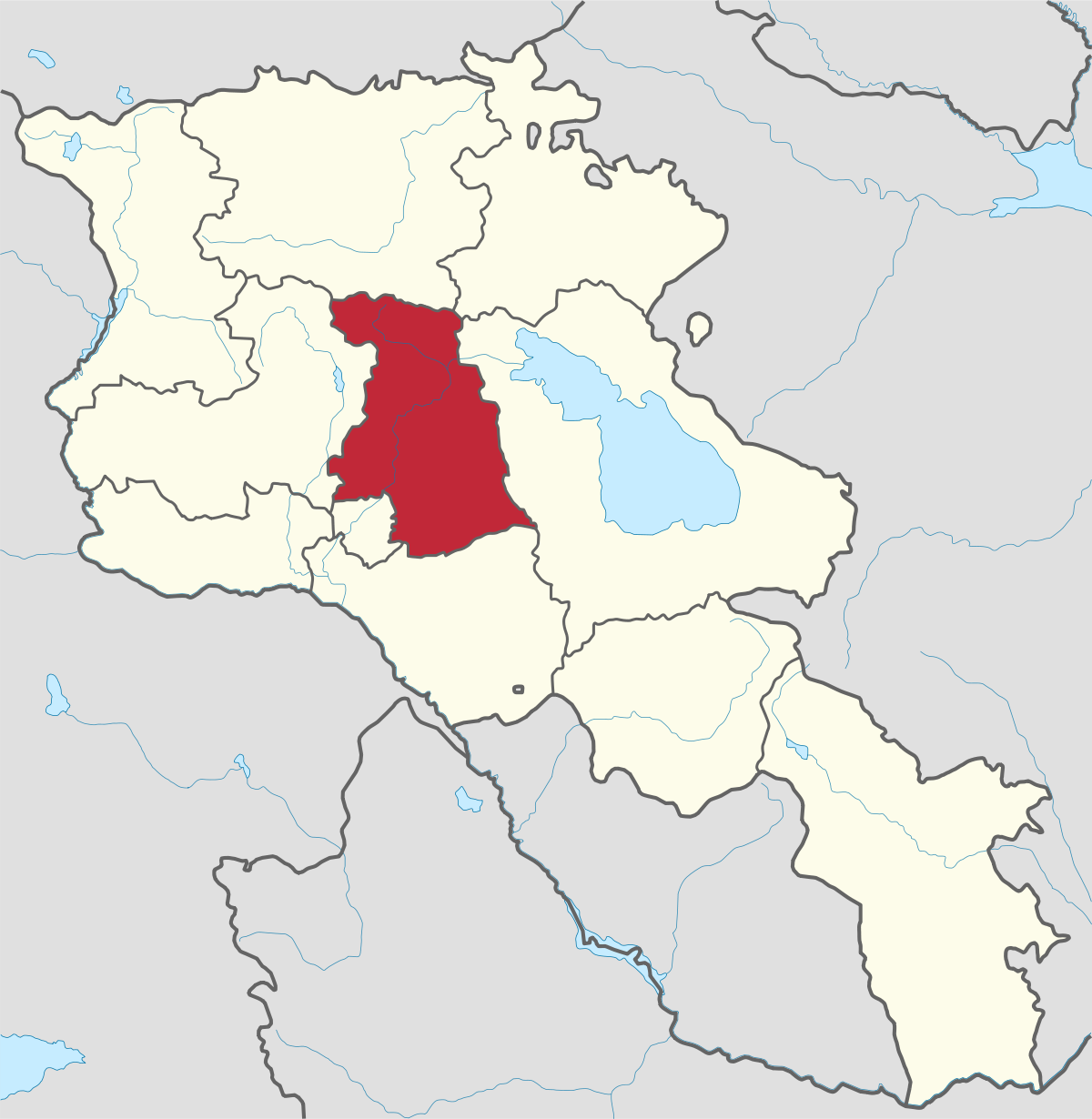
Kotayk region is located at the central part of the country and is home to many must-see sites in Armenia including the pagan Temple of Garni...
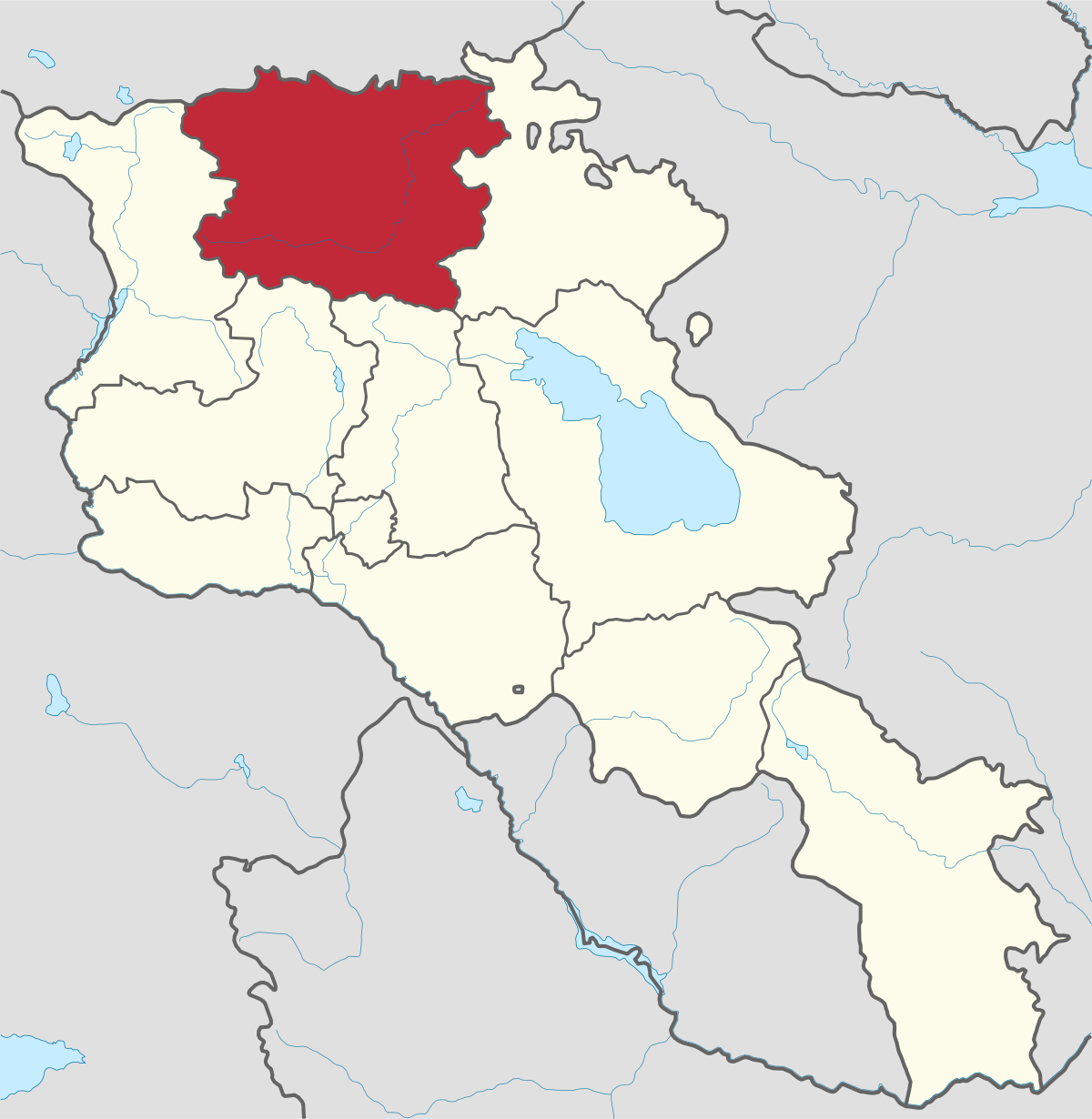
Lori region is in the northern part of Armenia, bordering on Georgia. It is considered Armenia’s greenest area, with more native forest land than...
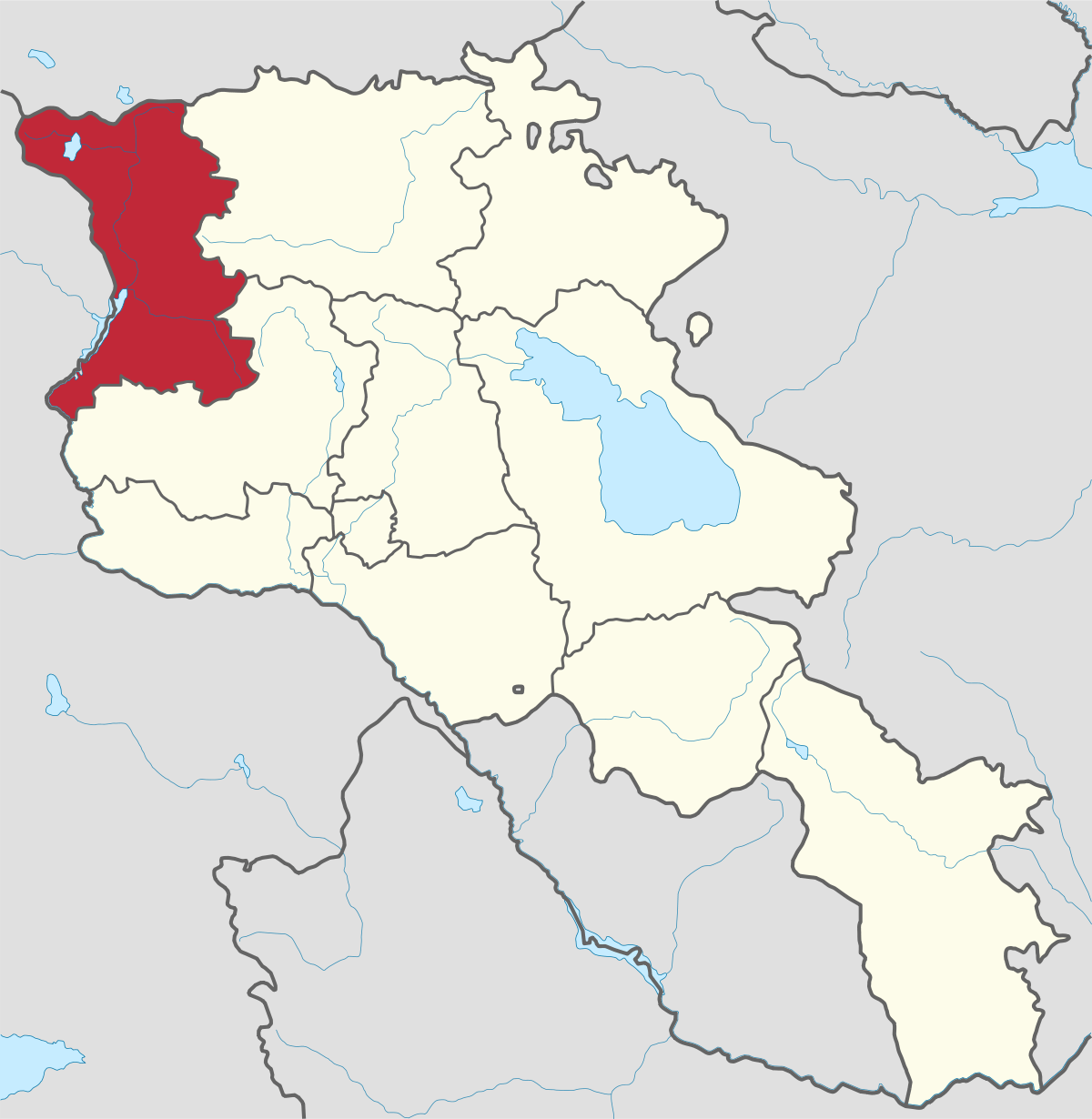
Shirak region lies in the north-west of Armenia. It borders with Georgia and Turkey. Shirak region is mainly dominated by the Ashotsk Plateau and...
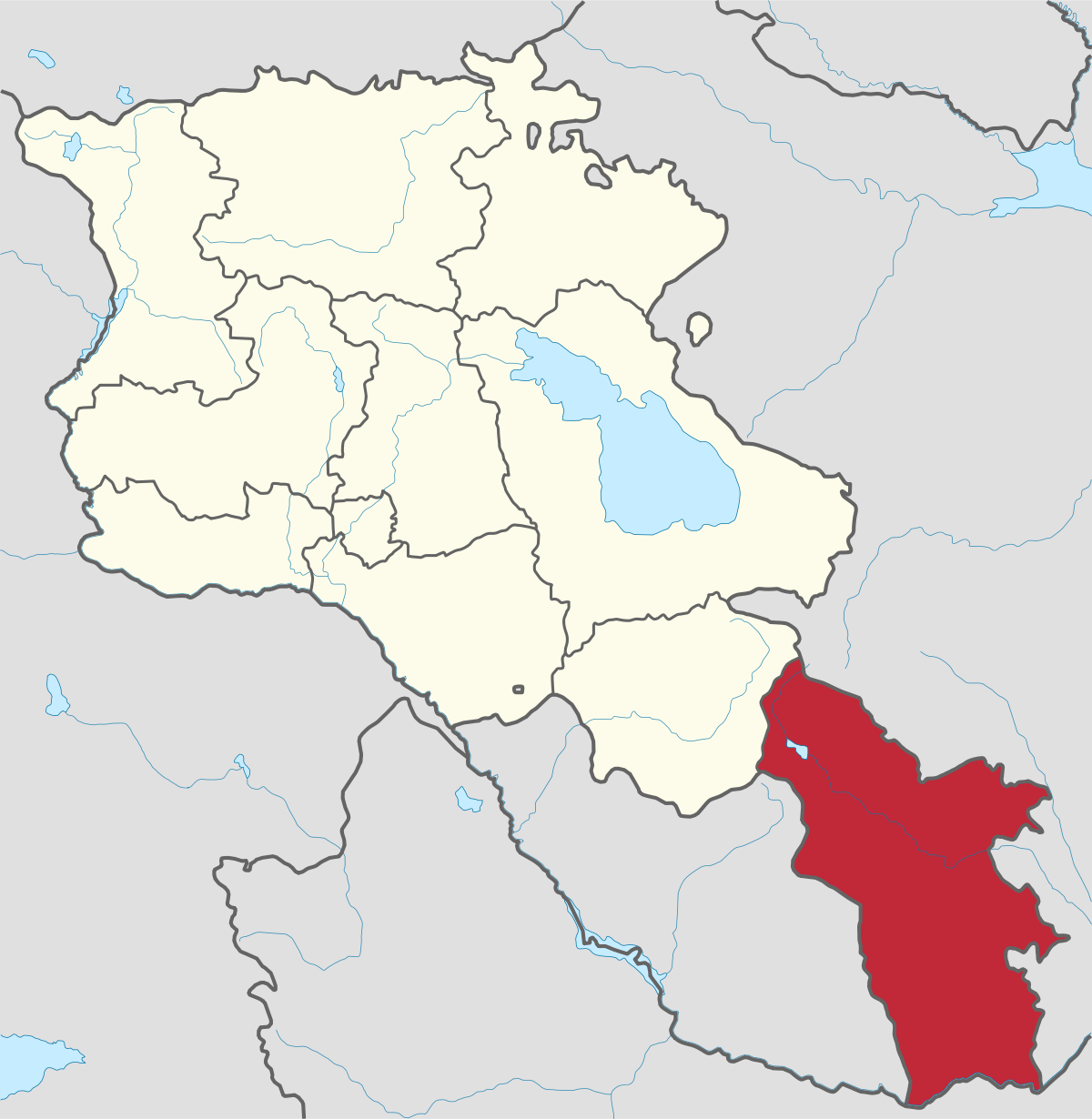
Syunik region- It is in the southern part of Armenia, bordering by Azerbaijan's Nakhchivan Autonomous Republic exclave, the de facto independent...
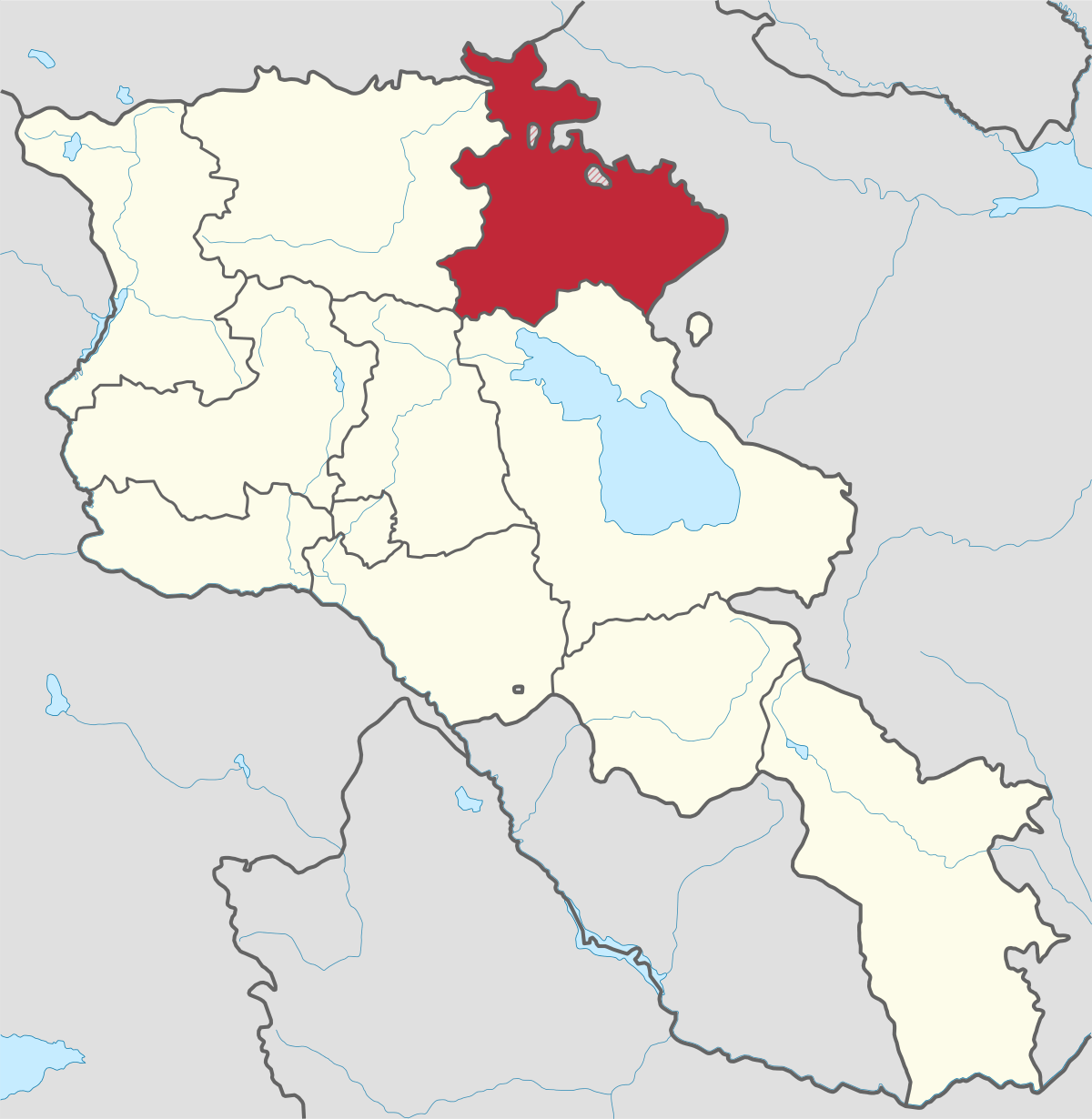
Tavush region lies in the Northeast of Armenia, bordering by Georgia and Azerbaijan. The territory is mainly mountainous and rocky hillsides...
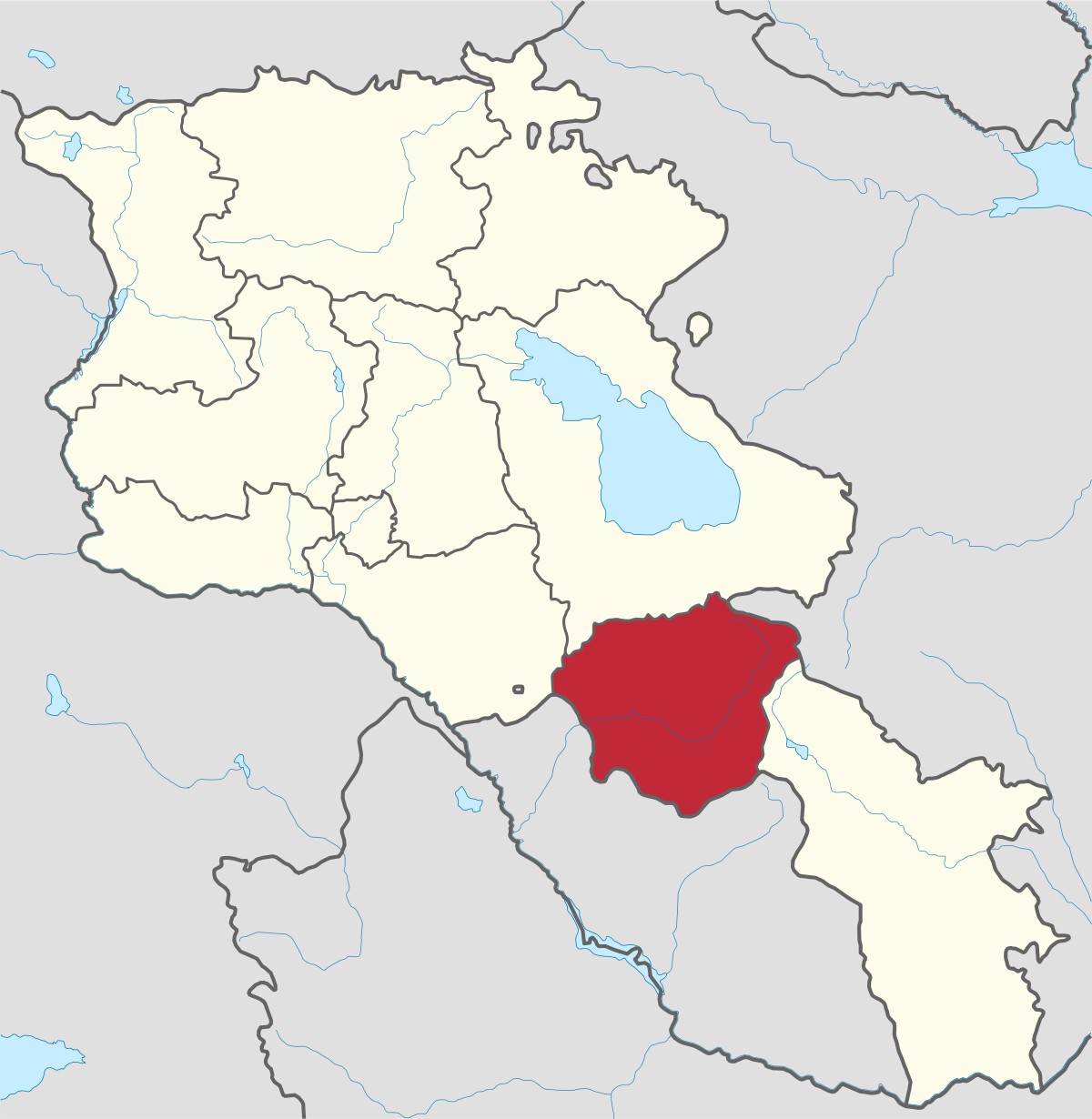
Vayots Dzor region is mainly a mountainous region at the southeastern end of the country, known with Jermuk Waterfall, Areni cave, Smbataberd...
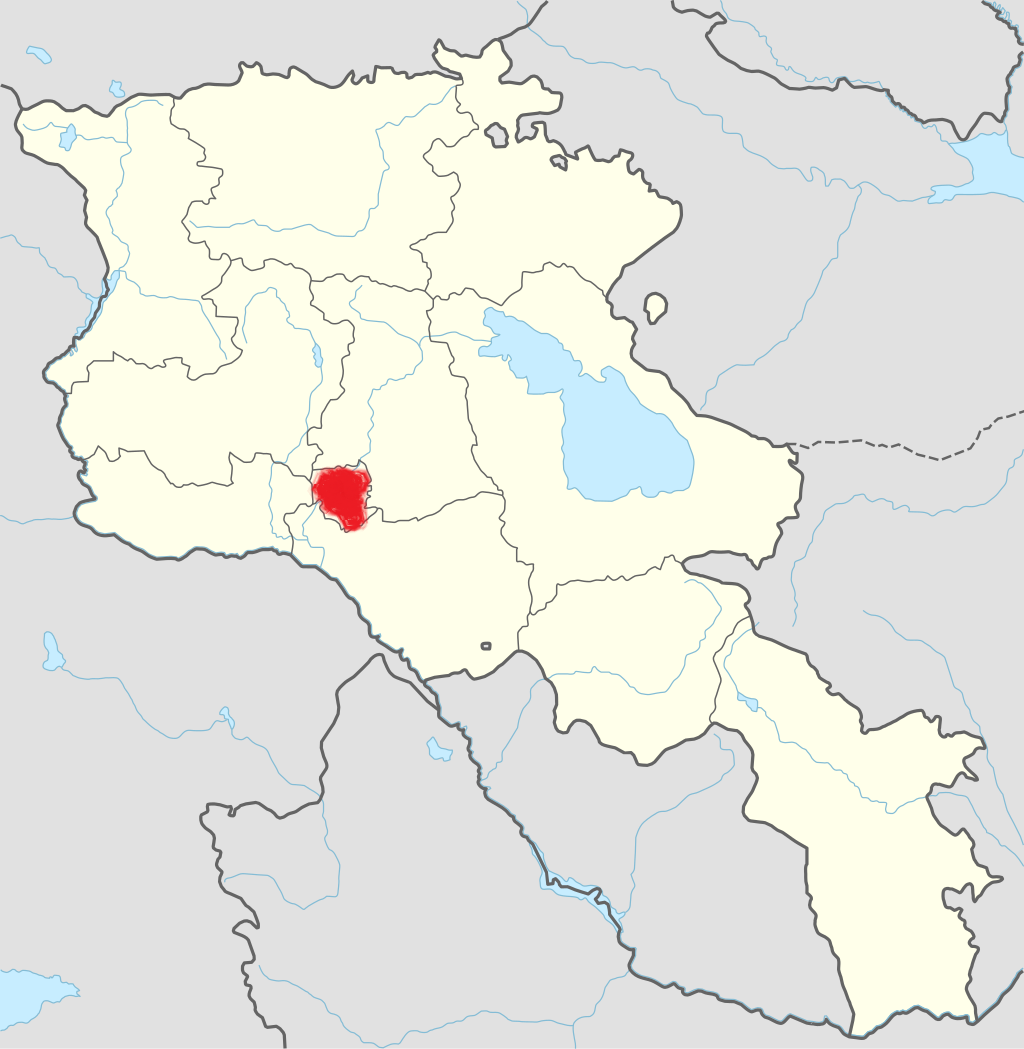
Yerevan city – 2800 years old. Yerevan is the capital of the Republic of Armenia with more than 1 million people. It is an amazing city with view...
800
149
1476
32